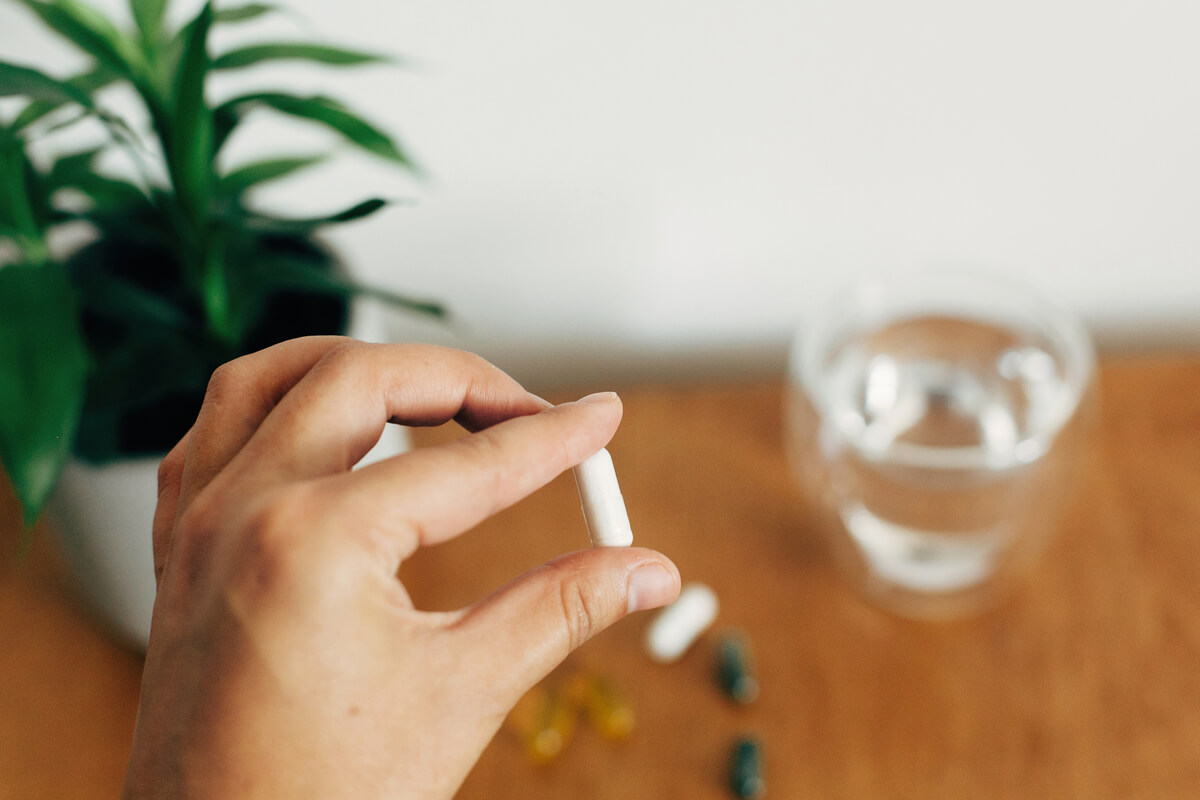Cardiovascular Health: Statin Support
June 11, 2024
Protocol development in integrative medicine is not typically a simple process. Individuals require individualized care, and what works for one patient may not work for another.
To establish these protocols, we first developed a Rating Scale that could be used to discern the rigor of evidence supporting a specific nutrient’s therapeutic effect.
The following protocols were developed using only A through C-quality evidence.
The use of HMG CoA reductase inhibitors (statins) to lower cholesterol is known to cause various nutrient depletions, particularly of coenzyme Q10 (CoQ10), beta-carotene, and vitamin E. Different statins may result in varying degrees of depletion, necessitating careful discernment and lab testing by healthcare providers to determine the clinical appropriateness of supplementation. CoQ10 supplementation may help prevent or reverse deficiency without impacting the efficacy of statins. (Langsjoen 2003)(Littarru 2007) Similarly, statin therapy may significantly reduce beta-carotene and vitamin E levels, and targeted supplementation may be required to maintain optimal antioxidant capacity. (Jula 2002)(Vasankari 2004) Practitioners should consider individual patient profiles and monitor nutrient levels to ensure comprehensive care.
 Address statin-associated nutrient depletions with the evidence-based ingredients in this protocol.
Address statin-associated nutrient depletions with the evidence-based ingredients in this protocol.
100–600 mg per day (Qu 2018)(Caso 2017)(Langsjoen 2003)
30 mg per day (Institute of Medicine 2000)
100–400 IU per day (Pruthi 2001)


This site is intended solely as an informational reference tool for practicing healthcare professionals. The content provided is not intended to be for medical diagnosis or treatment, is not a substitute for your professional judgment, and is not meant to provide you with medical or professional advice. You should evaluate and independently confirm the appropriateness of the content provided, and you should rely on your experience and judgment and other available resources when applying the provided content to an actual patient care situation. While content has been obtained from sources believed to be reliable, we cannot and do not guarantee the accuracy, validity, timeliness, or completeness of the content.